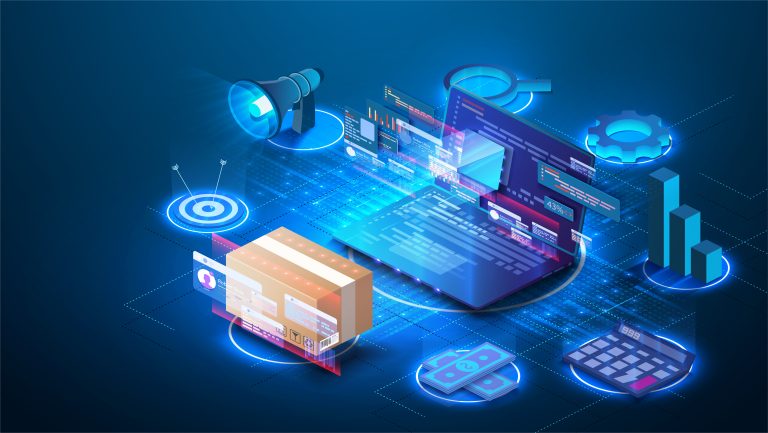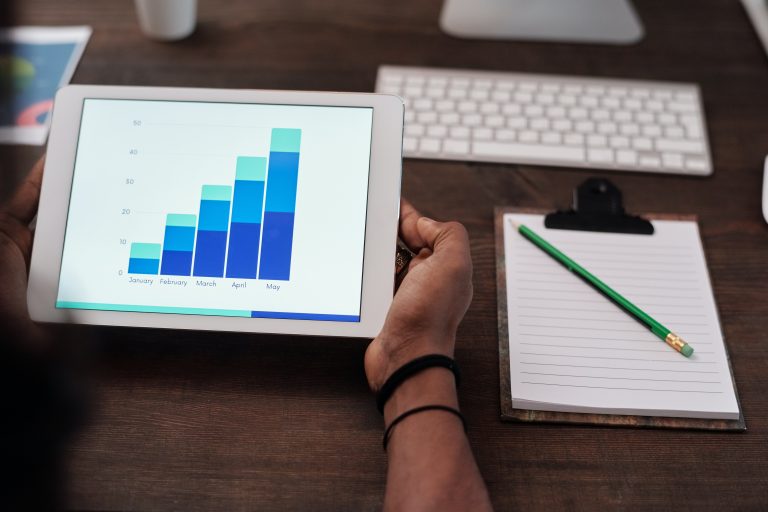Like most organizations, your business undoubtedly reexamined its supply chain management practices following the historic challenges of 2020 and 2021. While the changes you implemented certainly strengthened your competitive positioning, it is critical that you continue to explore ways to optimize your supply chain.
By creating and leveraging a continuous improvement strategy, your organization can do just that. A continuous improvement strategy can help you tackle common logistics challenges, such as processing concealed damage claims or optimizing the efficiency of truck loading operations. However, this is just the tip of the iceberg.
A carefully crafted continuous improvement plan can promote increased efficiency and productivity across your entire supply chain. Cumulatively, these benefits will allow you to protect business continuity and generate more revenue.

What Is Continuous Improvement?
Continuous improvement is a methodology founded on the principle that businesses should never stop refining their products, processes, services, and operations. While some such improvements will come in the form of significant changes to existing practices, many of them will be incremental.
Businesses that are committed to the concept of continuous improvement persistently work to enhance their operations from top to bottom. This quality assurance framework leverages established steps in order to facilitate ongoing improvements via a cyclical evaluation and change implementation process.
Why Is This Concept Important to the Logistics Industry?

Regardless of where your organization falls in the supply chain, you are facing unprecedented levels of competition.
Retailers are expected to get products into the hands of consumers with lightning-fast efficiency. Distributors must be able to help their retail partners meet the demands of modern consumers while simultaneously providing cost-effective warehousing and shipping services.
Entities higher up in the supply chain, such as carriers and oceanic freight companies, must optimize efficiency so that they can decrease overhead expenses and generate strong revenue.
The rise of load boards and other pricing tools has empowered shippers to take advantage of spot pricing opportunities. As such, carriers must find ways to offer competitive rates and superior service.
The continuous improvement framework is uniquely suited to help you deal with these modern supply chain challenges. It can guide you as you seek to adopt new technologies, ditch antiquated processes like using spreadsheets for purchase orders, and improve overall efficiency.
How to Identify Problem Areas in Your Supply Chain
If your organization is considering adopting a continuous improvement strategy, you must first identify problem areas in your supply chain. From there, you will be able to apply the continuous improvement framework to each of these areas and begin making incremental changes.
While there are many strategies that you can use to identify supply chain deficiencies, tracking key performance indicators is one of the most pragmatic approaches.
On its own, each KPI will provide valuable insights into an integral aspect of supply chain performance. Cumulatively, a set of metrics can help you pinpoint specific shortcomings and identify potential solutions.
Generally speaking, a continuous improvement cycle includes four key stages:
Phases of a Continuous Improvement Cycle

Plan
First, you should create a plan based on the insights gained from analyzing KPIs. This plan should clearly define the problem you want to solve, explain how you intend to achieve a resolution, and describe what results you hope to produce.
During the planning phase, make sure to include team members from multiple departments so that you can effectively examine challenges from several perspectives.
Implement
Next, it is time to implement your plan. However, this is only a trial run. As such, the scope of your implementation should be limited so that you can easily walk it back in case it does not produce the intended results or creates undue friction in your supply chain.
Analyze
During phase three of your continuous improvement strategy, analyze the results you achieved with your plan. If necessary, make adjustments. Discuss your findings with the same team that helped create the plan.
Scale
If the plan produced the desired results, it is time to scale it. Continue to monitor the KPIs that you identified, and determine whether the change produces the same effect at scale. You can repeat these four steps to resolve other supply chain pain points and enhance operational efficiency.
Concepts Your Business Can Use in Its Continuous Improvement Plan

The four steps outlined above are meant to serve as a general framework for your continuous improvement plan. However, there are more refined strategies that expand on these basic improvement elements.
Six Sigma is a hugely popular methodology that includes a set of management techniques. It is geared toward decreasing the likelihood of a defect or error occurring during manufacturing processes. It is a great framework for the logistics industry.
Another continuous improvement methodology that you could leverage is Kaizen, which was made famous by Toyota. The traditional Kaizen framework includes seven steps:
- Getting employees involved
- Creating a list of challenges
- Asking participants to provide solutions
- Testing the chosen solution
- Analyzing the results
- Adopting the solution (if successful)
- Repeating as necessary
In addition to a framework, you will also need to adopt a modern transportation management system in order to fuel your continuous improvement initiative. While there are many such solutions on the market, R2 Logistics’ TMS offers a superior array of features and analysis capabilities.
If you would like to learn more about our platform and how it can help you achieve a state of continuous improvement, schedule a demo today.
